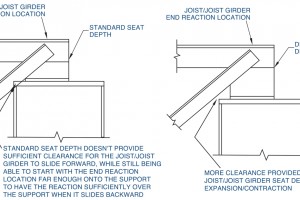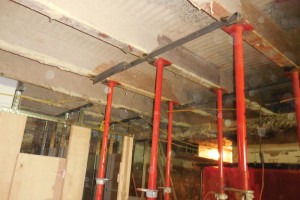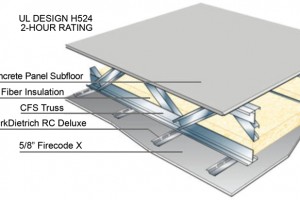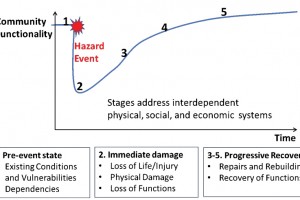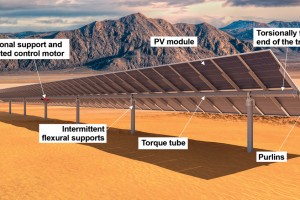Recruitment and retention of new engineering and technical staff are always challenging for structural engineering firms, and this challenge seems to be ever-increasing. Millennials and Generation Z often place a higher value on benefits related to company culture, work environment, flexible working hours, and work-life balance compared to previous generations. By 2025, 75 percent of the workforce will be Millennials and Generation Z. A firm’s success now and in the future will be closely tied to how well they can meet the needs of these younger employees. …
Review Category : Articles
The article represents a collaborative effort by members of the STRUCTURE magazine Editorial Board. Text enclosed in quotes denotes personal experiences during the COVID-19 pandemic.
Over the past nine months, the engineer position has transitioned to a primarily remote-work model as firms have responded to the COVID-19 pandemic. As staff juggle family risk factors and dependent obligations, the remote-work model adapts to workers’ needs and lessons learned. Many firms had already integrated some degree of remote work to support work/life balance and family needs; the firms and individuals that took advantage of this previous experience were better positioned to expand to a 24/7/365 proposition. …
We live in a society that tends to react to the latest threats found in the most recent news cycle. A terrorist boards a plane in Paris in 2001 with an explosive in his shoe, and passengers must remove their shoes before boarding planes for decades. A sociopath enters an elementary school in Connecticut in 2012 and shoots whoever crosses his path. As a result, school design is forever changed to incorporate security features that were not imagined decades earlier. Did we not know this could happen? …
5 Factors for Joist and Deck Specification
The growth of e-commerce has bolstered warehouse and distribution center construction, with new project starts forecast to increase in 2021. Here are 5 areas where collaboration between the specifying engineer and the joist/deck supplier improves construction efficiency, shortens project timelines, and reduces total project costs. …
A Rigorous QMS, Human Performance Attributes, and Training
Weld quality is the bedrock of structural welding execution as described in American Iron and Steel Institute (AISI) specifications, and American Welding Society (AWS) Codes D1.1, D1.2, and D1.6. The term “quality” represents “conformance to a specification” where the term “specification” refers to the requirements of a code, drawing, or contract. …
Engineering schools routinely train young engineers in new systems and materials to prepare them to enter the workforce. However, renovations and adaptive reuse of existing buildings are often overlooked or omitted in an already packed undergraduate schedule. The reality of construction today is that there is a high probability that most engineers will, at some point in their careers, work in some capacity on an existing building. Especially in dense urban environments, or in the older parts of the country with a large stock of existing structures, it is often a better use of resources and more respectful of the environment to reuse and adapt an existing building. …
Innovation can be a wonderful thing. For engineers, creating, innovating, or even just utilizing others’ new ideas can benefit a client and a project. And many engineers would say that doing something new is almost always more fun than repeatedly reusing old ideas or methods. …
Despite the progress that has been made in disaster-related science and technology and the significant financial investments made at the federal, state, and local levels in risk mitigation, The National Academies continue to view community resilience as a national imperative. Events such as Hurricane Katrina in 2005, the Christchurch earthquake and Joplin tornado in 2011, and Superstorm Sandy in 2012 highlighted the need to better understand community resilience to mitigate the risks associated with severe natural hazards. …
Analysis and Design
Renewable power generation nearly doubled in the past decade, growing from 382 million MegaWatt hours (MWh) in 2008 to 742 million MWh in 2018, contributing approximately 18% of total power generated in the United States in 2018. 13% (96 million MWh) of the total renewable power is solar from both small-scale and utility-scale installations. …
The economic downturn caused by the Covid-19 pandemic has affected design and construction firms around the United States, whether by stopping or slowing projects, triggering overnight switches from normal business operations to working from home, or its tolls on personal, physical, and emotional health. As the pandemic wears on, businesses are finding ways to overcome these setbacks. Yet, most experts expect that real recovery may not take place until 2022. This article points out strategies that can help your firm be resilient over the near term and positioned for continued financial success. …




